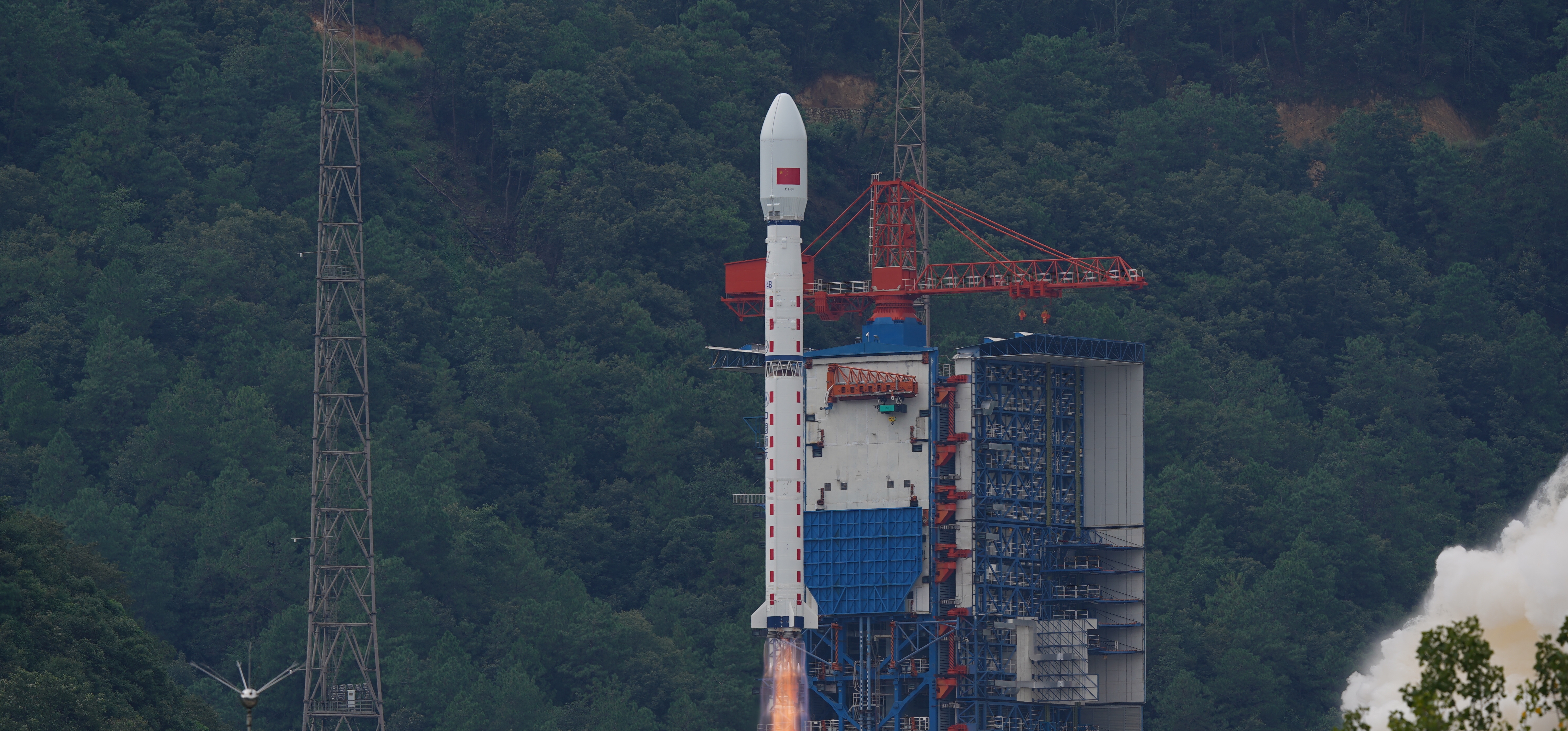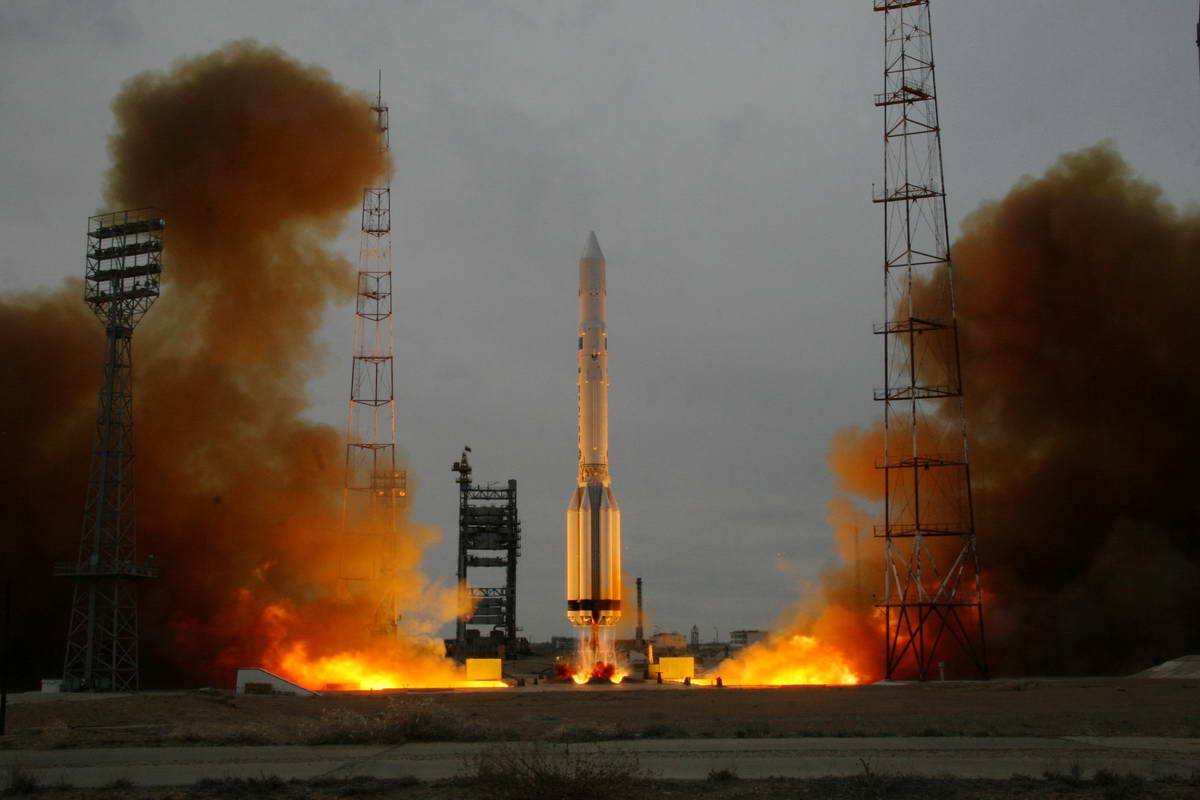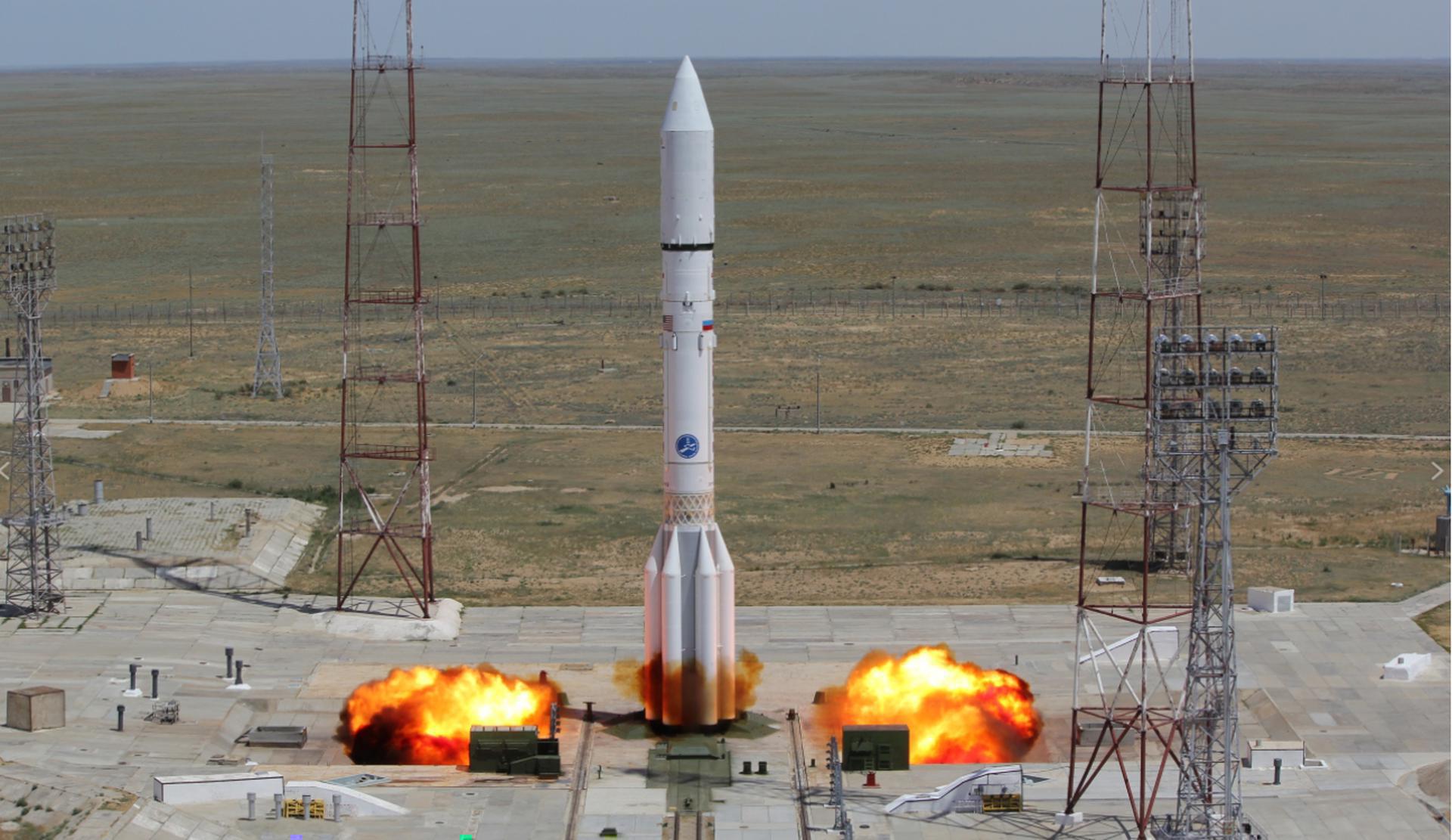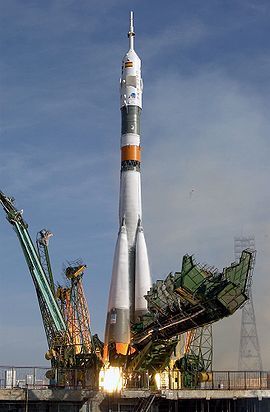Previous Spaceflight Launches
Filter by Agency, Locations or Vehicles
Show All LaunchesLong March 4B | Zi Yuan 2-3
China Aerospace Science and Technology Corporation | ChinaTaiyuan Satellite Launch Center, People's Republic of China
Nov. 6, 2004, 3:10 a.m.
Proton-K/DM-2M | Ekspress AM-1
Khrunichev State Research and Production Space Center | RussiaBaikonur Cosmodrome, Republic of Kazakhstan
Oct. 29, 2004, 10:11 p.m.
Status: Launch Successful
Mission:
The Ekspress-AM 1 is a communications satellite for russian domestic communication services. The lifetime of the spacecraft has been increased to 12 years. While the spacecraft itself is built by russian RSCC (Kosmicheskiya Svyaz), the communication payloads is built by NEC.
Geostationary OrbitLong March 3A | Feng Yun 2C
China Aerospace Science and Technology Corporation | ChinaXichang Satellite Launch Center, People's Republic of China
Oct. 19, 2004, 1:20 a.m.
Proton-M Briz-M | AMC 15
Khrunichev State Research and Production Space Center | RussiaBaikonur Cosmodrome, Republic of Kazakhstan
Oct. 14, 2004, 9:23 p.m.
Soyuz-FG | Soyuz TMA-5
Progress Rocket Space Center | RussiaBaikonur Cosmodrome, Republic of Kazakhstan
Oct. 14, 2004, 3:06 a.m.
Status: Launch Successful
Mission:
Soyuz TMA-5 begins Expedition 10 by carrying 3 astronauts and cosmonauts to the International Space Station. Russian Commander, cosmonaut Salizhan Sharipov alongside Flight Engineers, Leroy Chiao (NASA) & Yuri Shargin (RSA) will launch aboard the Soyuz spacecraft from the Baikonur Cosmodrome in Kazakhstan and then rendezvous with the station. It landed on April 24, 2005, 22:08 UTC
Low Earth OrbitLong March 2D | Fanhui Shi Weixing (20)
China Aerospace Science and Technology Corporation | ChinaJiuquan Satellite Launch Center, People's Republic of China
Sept. 27, 2004, 8 a.m.
Soyuz-U-PVB | Yantar-4K2M 1
Progress Rocket Space Center | RussiaPlesetsk Cosmodrome, Russian Federation
Sept. 24, 2004, 4:50 p.m.
Status: Launch Successful
Mission:
Film-return reconnaisance satellite. Maneuvered on October 1 to a 213 x 330 km orbit. Believed to be an improved Yantar-4K1 with a longer lifetime - and given the code name 'Kobalt' previously applied to the defunct Yantar-4K2 system. When re-entry was commanded after only 107 days in orbit, there was speculation that problems had arisen with the satellite. Sources claimed the satellite had some kind of control problem, which was brought under control, and the two smaller film return capsules were successfully returned.
Low Earth OrbitKosmos-3M | Strela-3 135 to 136
Russian Space Forces | RussiaPlesetsk Cosmodrome, Russian Federation
Sept. 23, 2004, 3:07 p.m.
GSLV | GSAT-3
Indian Space Research Organization | IndiaSatish Dhawan Space Centre, India
Sept. 20, 2004, 10:31 a.m.
Long March 4B | Shi Jian 6A & 6B
China Aerospace Science and Technology Corporation | ChinaTaiyuan Satellite Launch Center, People's Republic of China
Sept. 8, 2004, 11:14 p.m.
Status: Launch Successful
Mission:
It was announced that the two satellites had a design life of at least two years, and would be used to probe the space environment, radiation and its effects, record space physical environment parameters, and conduct other related space experiments.
Low Earth Orbit









